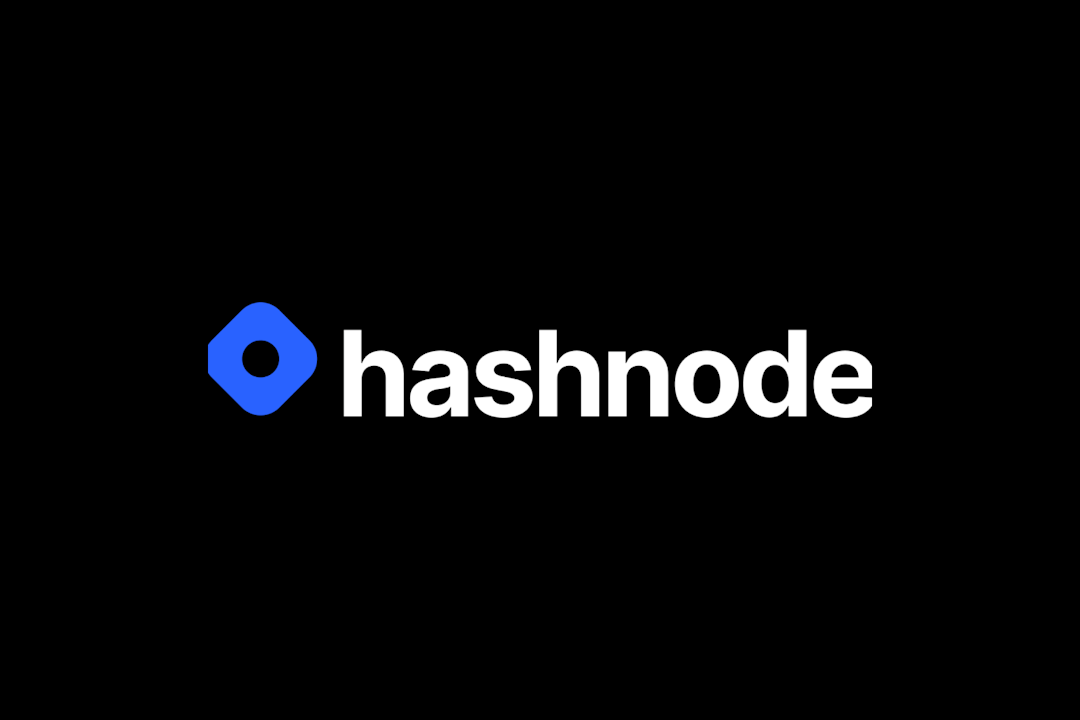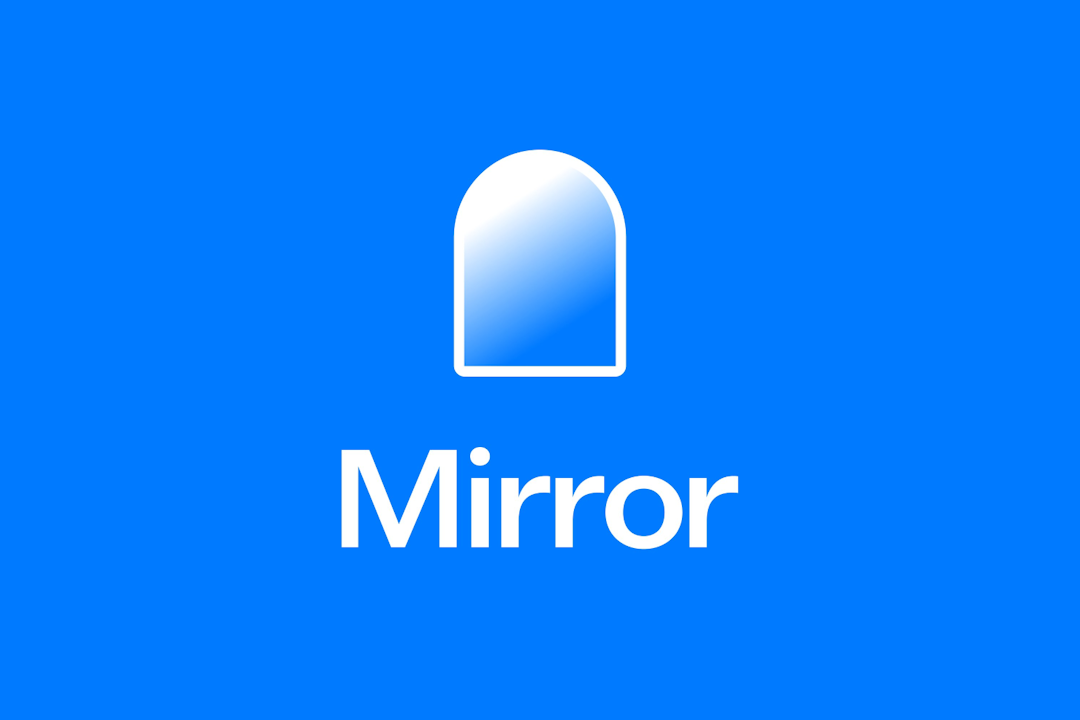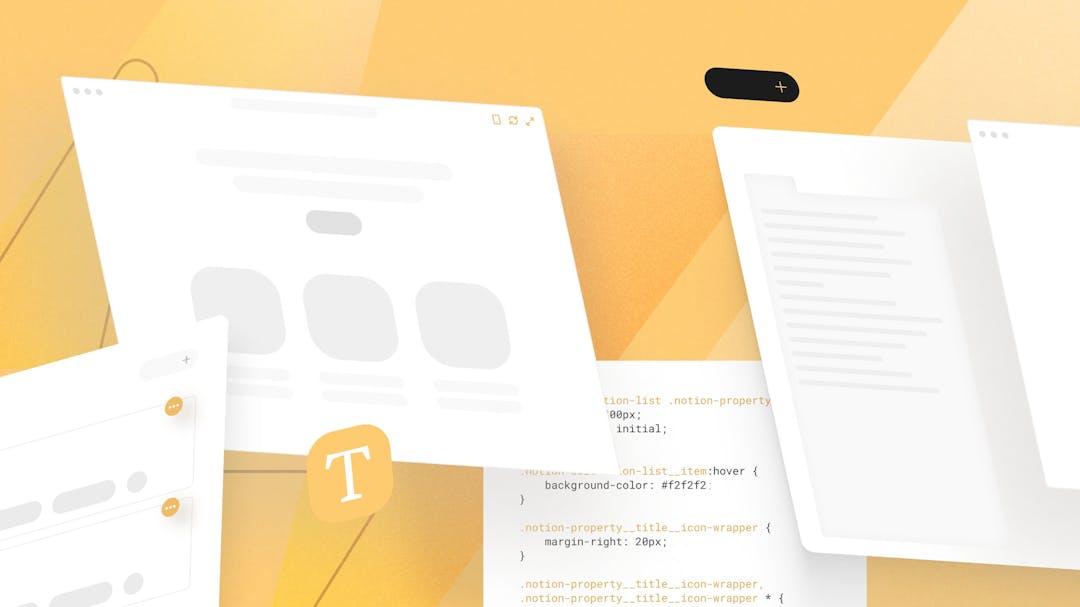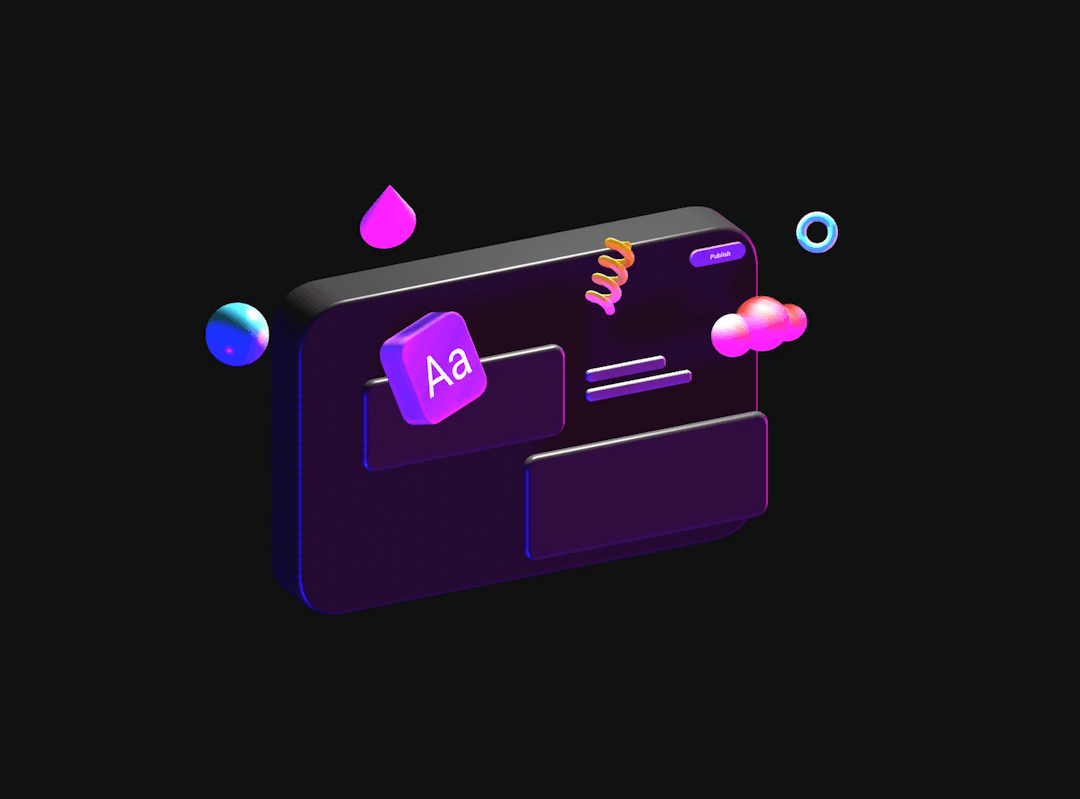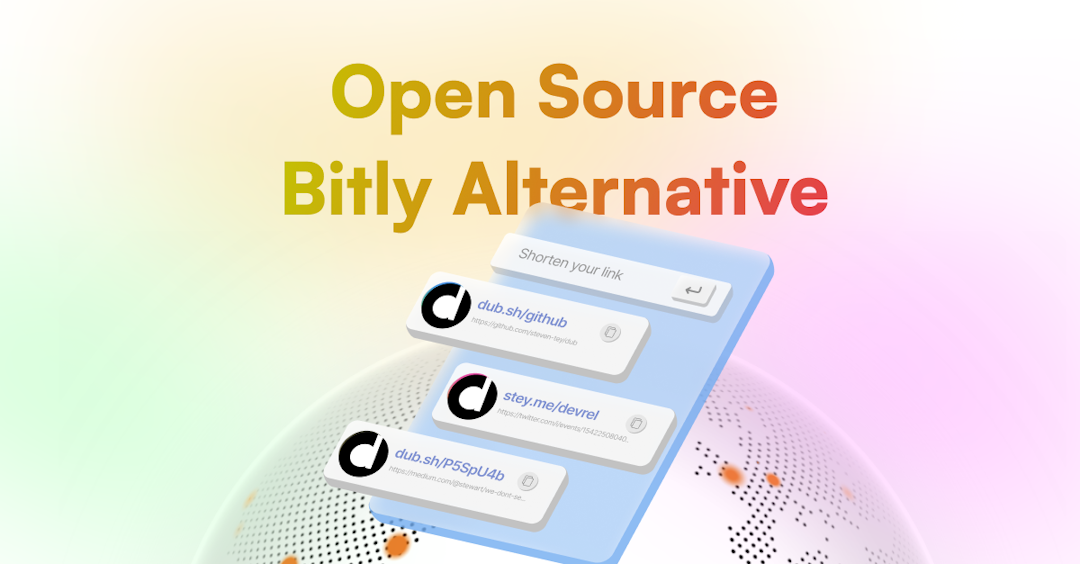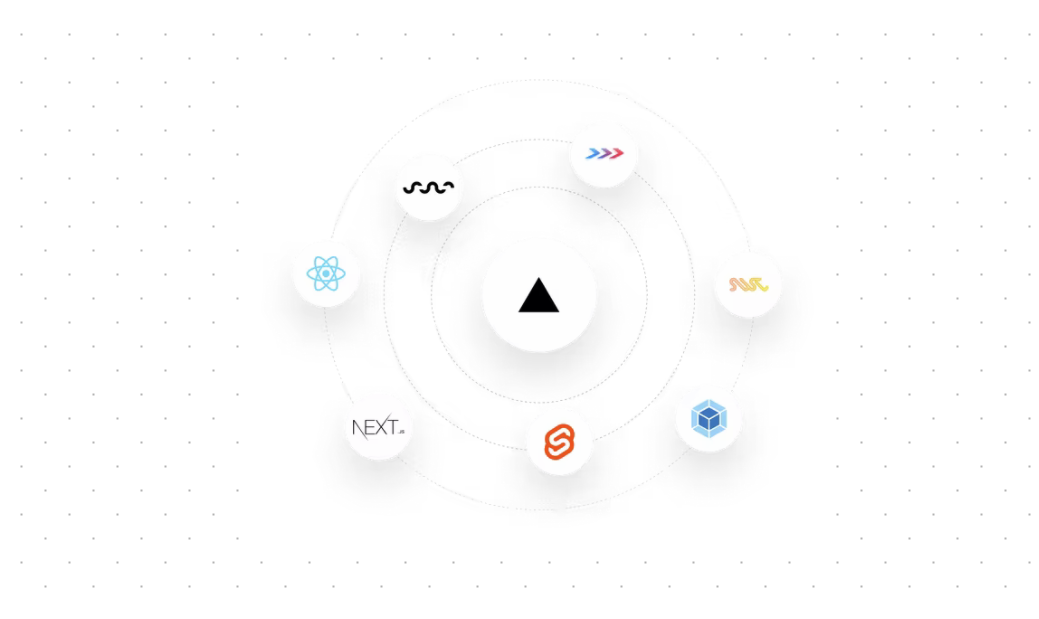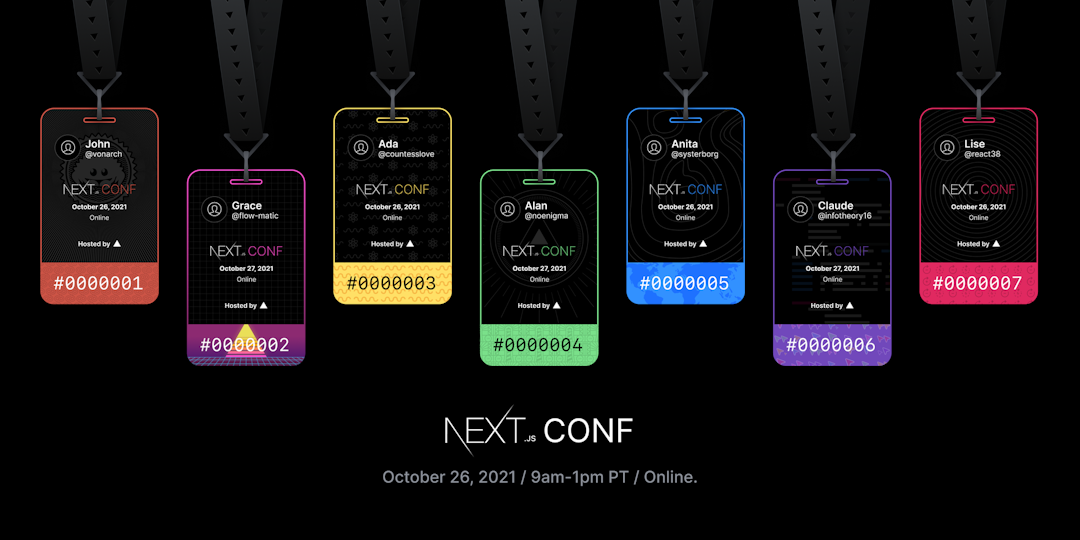
A Comprehensive History of 2048: A Viral Puzzle Takes Over the World
In 2014, the internet witnessed a revolution with the rise of the 2048 game online. This deceptively simple yet addictive puzzle game quickly captured the attention of millions. But what are the origins of 2048, and how did it become a global sensation? Let’s delve into the fascinating history of the 2048 game and its impact on the world of online gaming.
Humble Beginnings: A Weekend Project
The journey of the 2048 game started with Gabriele Cirulli, an Italian web developer with a passion for puzzles. Over one weekend, Cirulli created what would soon become a viral phenomenon. Inspired by similar games like Threes, he designed a game where players slide numbered tiles on a grid, merging them to reach the elusive 2048 tile. Despite its straightforward mechanics, the 2048 gameplay proved incredibly engaging, sparking a wave of excitement and "just one more try" moments among players.
Open Source: A Key to Rapid Expansion
A pivotal moment in the history of 2048 was Cirulli’s decision to release the game as open-source software. This move allowed developers around the globe to create their own versions, resulting in a plethora of adaptations for iOS, Android, and web platforms. As a result, 2048 online was soon accessible to everyone, making it easy to dive into the game during breaks or on commutes.
The Viral Frenzy
Social media played a crucial role in the meteoric rise of the 2048 game online. Users shared their scores, strategies, and challenges across platforms, further fueling its popularity. The minimalist design and intuitive gameplay transcended language and cultural barriers, making it a universally appealing pastime. Before long, the internet was flooded with 2048 game spin-offs, parodies, and countless imitations, cementing its place in gaming history.
Exploring Variations: Beyond 2048
As the original game grew in popularity, several variations emerged, offering new challenges and twists on the classic. One notable version is the 4096 Game, which extends the goal beyond the 2048 tile, pushing players to strategize further. For those who enjoyed the original, the 8192 Game offers an even greater challenge. Each of these versions retains the core mechanics while adding layers of complexity and excitement.
The Legacy of 2048
Although the initial craze has subsided, the 2048 gameplay remains influential. Its core mechanics have inspired a myriad of mobile puzzle games, showcasing the enduring appeal of simple yet challenging gameplay. The success of the 2048 game is a testament to the creativity of its developer, the power of open-source communities, and the universal allure of well-crafted puzzles.
So next time you engage with a tile on the 2048 game, remember its humble beginnings and the viral journey that made it a household name. The 2048 cool math challenge continues to captivate and inspire, proving that sometimes, the simplest ideas can have the most significant impact.

